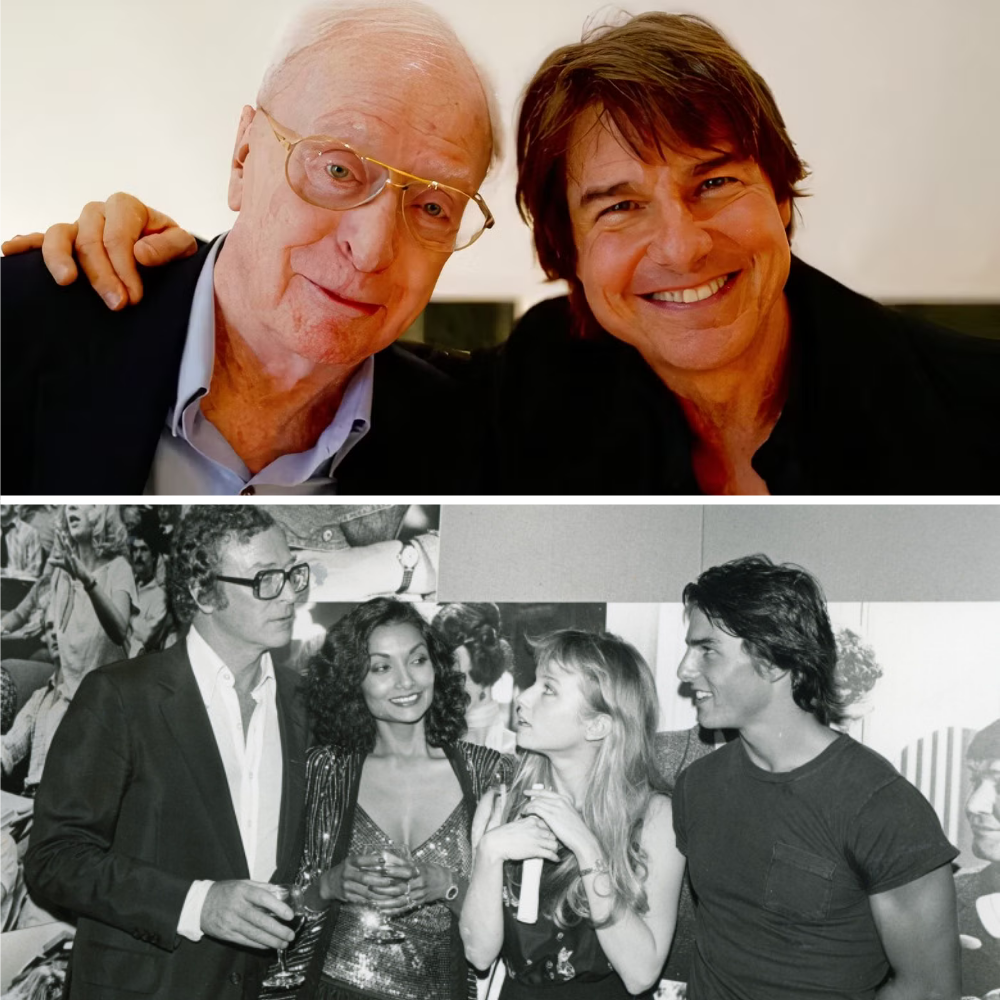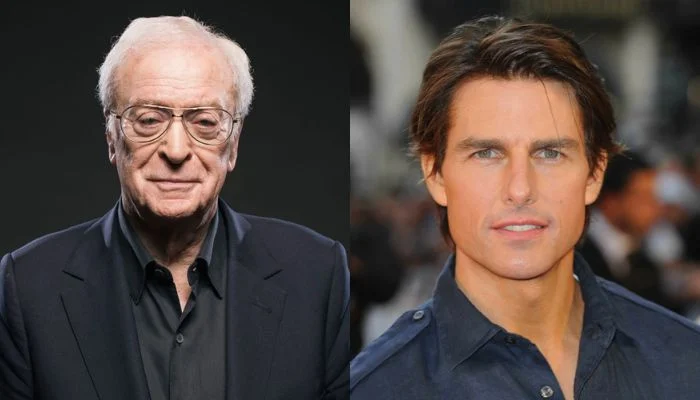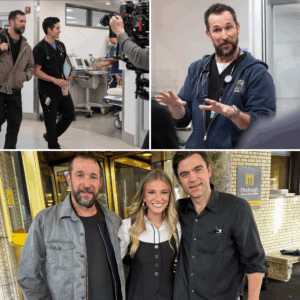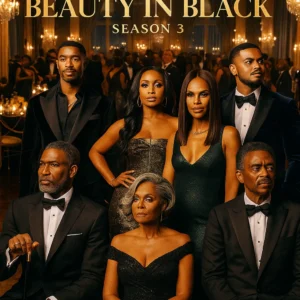
In the ever-evolving world of Hollywood, where fame is fleeting and stars rise and fall with alarming speed, very few have achieved the enduring stardom that Tom Cruise possesses. Now, in his new book Don’t Look Back, You’ll Trip Over: My Guide to Life, legendary British actor Sir Michael Caine sheds light on a rare, formative moment that offers a fascinating glimpse into the making of a Hollywood icon.
It was 1983. A 21-year-old Tom Cruise was just beginning to turn heads. Risky Business had not yet launched him into superstardom, but he already carried the spark of something different. That year, Cruise had the chance to meet Michael Caine — a veteran actor already revered for roles in The Italian Job, Get Carter, and Educating Rita. The meeting would prove to be more than just a casual encounter.
According to Caine, Cruise was not like most young actors at the time. “He was very polite,” Caine recalls. “But more than that, he asked questions — serious questions — about how to avoid becoming just another passing star.” It wasn’t about money, fame, or the fast life of Hollywood. Cruise wanted to know how to last. How to endure. How to become great.
This encounter stuck with Caine for decades, not because it was flattering, but because of what it revealed. “What struck me,” Caine writes, “is that he’s truly one of the last real movie stars. Audiences go see a movie because he’s in it.”
That simple line says a great deal. In an age where franchises, CGI, and studio brands often carry more weight than individual actors, Cruise has managed to reverse the trend. Whether it’s the ever-evolving Mission: Impossiblefranchise or high-stakes blockbusters like Top Gun: Maverick, Cruise remains a box-office guarantee — a rare feat in modern cinema.
But how did he do it? And could that brief conversation with Caine have played a role in shaping his mindset?
Perhaps it was Cruise’s humility in that moment that set him apart. Instead of assuming success, he sought wisdom. He didn’t ask how to become famous — he asked how not to fade. For Caine, a man who has spent over six decades navigating the brutal waves of the film industry, that distinction mattered.

Since then, Cruise has famously thrown himself — quite literally — into his roles. He performs his own stunts, defies aging stereotypes, and continues to carry films almost entirely on his shoulders. While his personal life has often been a subject of media scrutiny, his commitment to his craft remains unquestioned.
Interestingly, both Cruise and Caine represent different eras and styles of acting, yet both share an unwavering devotion to cinema. Caine, the charismatic and grounded British gentleman, and Cruise, the intense, ever-driven American dynamo, are unlikely counterparts — yet their shared respect forms a unique bridge between generations.
Their 1983 meeting serves as more than a charming anecdote. It represents a torch-passing moment — one screen icon unknowingly encouraging another, just before the world would come to recognize his brilliance. One man reflecting on legacy; the other quietly preparing to build his own.
Today, as Michael Caine reflects on that youthful version of Tom Cruise — curious, humble, and hungry — readers are reminded that greatness doesn’t simply happen. It’s nurtured. It’s questioned. It’s earned.
And in that moment, tucked away in a conversation now resurfacing after 40 years, we glimpse the true essence of both men: One, looking back on a life well-lived; the other, just beginning to soar — asking the right questions long before he gave the world the answers on screen.


